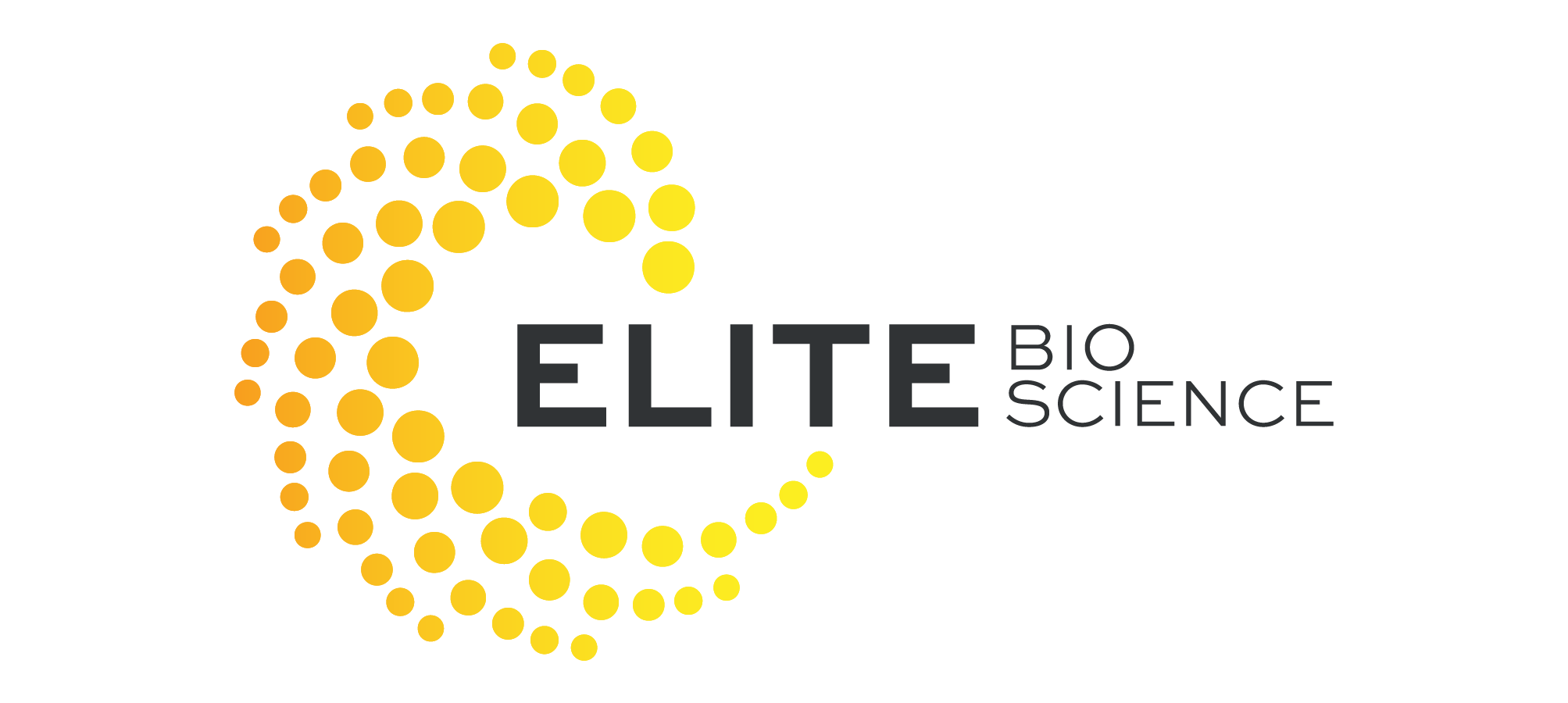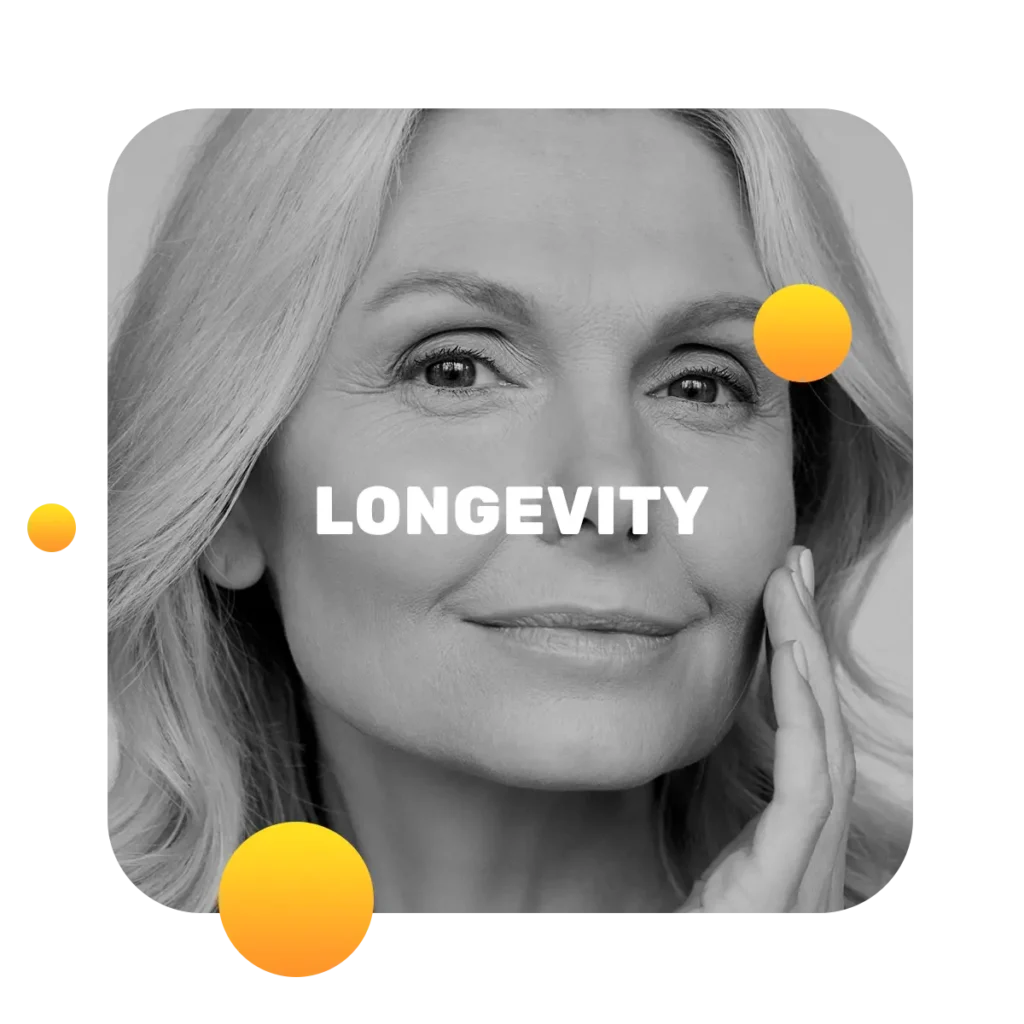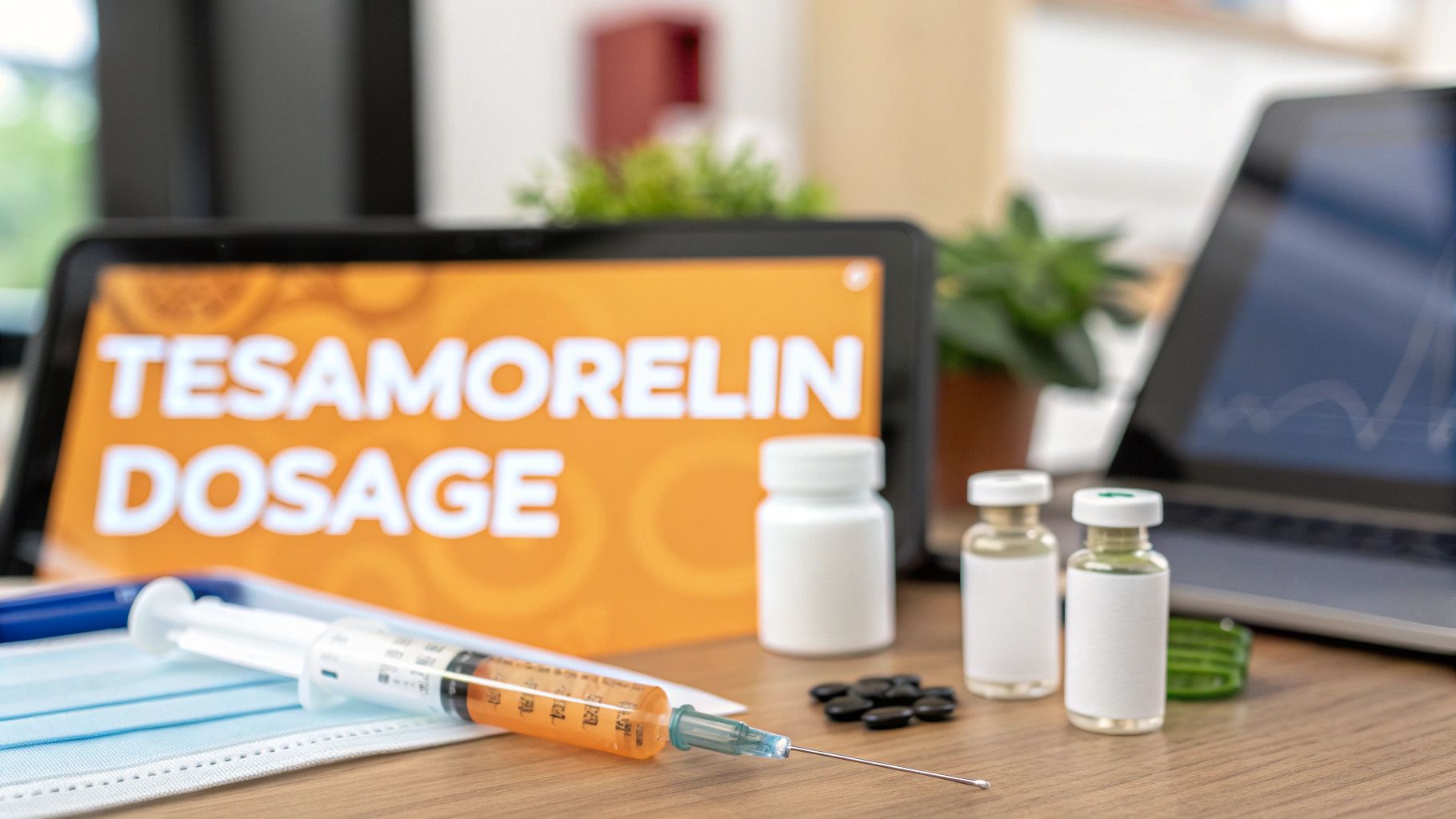In the relentless pursuit of peak performance, what happens after the workout is just as critical as the training itself. The difference between good and great, between consistent progress and chronic burnout, often lies in the quality of your recovery. While pushing physical limits builds strength and endurance, true adaptation and growth occur during the downtime. This is where your body repairs microscopic muscle damage, replenishes energy stores, and strengthens itself for the next challenge. Neglecting this crucial phase not only hinders progress but also significantly increases the risk of injury, fatigue, and performance plateaus.
This guide moves beyond generic advice to provide a detailed roadmap of the most effective recovery methods for athletes. We will explore a comprehensive toolkit of proven strategies, from foundational pillars like sleep and nutrition to targeted therapies such as cold water immersion and sports massage. Each section offers actionable insights and practical steps to help you integrate these techniques into your routine. Whether you're a professional athlete, a dedicated fitness enthusiast, or someone aiming to optimize their physical well-being, mastering these recovery protocols is essential. By treating recovery with the same seriousness as your training, you unlock your body's full potential for resilience, growth, and sustained excellence.
1. Active Recovery
Active recovery is the practice of performing low-intensity exercise immediately following a strenuous workout or on a rest day. Unlike passive recovery (complete rest), this method keeps the body moving to stimulate blood flow, which helps transport oxygen and nutrients to tired muscles while clearing out metabolic byproducts like lactate. This gentle movement accelerates repair without adding significant training stress, making it one of the most foundational recovery methods for athletes.

This approach is widely adopted in elite sports. For instance, NBA players often engage in light shooting drills after games, and marathon runners might take a slow, easy jog the day after a race. The goal is to keep the heart rate low, typically between 30-50% of your maximum, to facilitate recovery rather than stimulate further adaptation.
How to Implement Active Recovery
To use this method effectively, focus on gentle movement that engages the muscles you just worked. This keeps the recovery process targeted and efficient. For athletes looking to optimize every aspect of their regimen, integrating smart recovery protocols is a key step. Discover more about how these strategies contribute to overall gains and learn about how to improve athletic performance on elitebioscience.co.
Actionable Tips:
- Keep it short and light: Aim for a duration of 15-30 minutes. The intensity should be low enough that you can easily hold a conversation.
- Time it right: Perform active recovery immediately after your main workout as a cool-down or on a designated rest day.
- Listen to your body: If you feel excessive fatigue or pain, reduce the intensity or duration. Active recovery should feel restorative, not strenuous.
- Focus on relevant movements: A cyclist might do a slow spin on a stationary bike, while a weightlifter could perform bodyweight squats and light walking.
2. Cold Water Immersion (Ice Baths)
Cold water immersion, commonly known as an ice bath, is a popular recovery method involving submerging the body in water cooled to between 50-59°F (10-15°C). This practice leverages the physiological response to cold to reduce muscle soreness, decrease inflammation, and speed up recovery after intense exercise. The cold temperature causes blood vessels to constrict (vasoconstriction), which helps flush metabolic waste products from the muscles. Upon rewarming, the vessels dilate, increasing blood flow and delivering fresh oxygen and nutrients to promote healing.

This technique is a staple in professional sports. NFL teams routinely use ice baths post-game to manage inflammation and impact-related soreness. Similarly, CrossFit Games athletes often incorporate daily cold plunges to handle the extreme demands of their competition. The principle is to mitigate the micro-trauma and inflammatory response that follows strenuous activity, making it one of the most effective recovery methods for athletes pushing their physical limits.
How to Implement Cold Water Immersion
Proper protocol is essential to gain the benefits of cold water immersion without introducing unnecessary stress. The goal is controlled exposure that kickstarts the body's natural recovery mechanisms. For athletes dedicated to peak conditioning, integrating targeted protocols like cold therapy is crucial for sustaining high-level performance. You can explore how these advanced strategies fit into a comprehensive wellness plan and discover more about performance optimization at elitebioscience.co.
Actionable Tips:
- Start gradually: If you are new to ice baths, begin with shorter durations of 5-10 minutes in slightly warmer water (around 59°F or 15°C) before progressing.
- Control your breathing: The initial shock of the cold can cause hyperventilation. Focus on slow, deep, controlled breaths to calm your nervous system and manage the discomfort.
- Warm up naturally: After your immersion, avoid jumping into a hot shower immediately, as this can counteract the desired physiological effects. Pat dry and allow your body to rewarm on its own or with warm layers of clothing.
- Limit frequency: Use ice baths strategically, 2-3 times per week at most, typically after your most intense training sessions or competitions to maximize their anti-inflammatory benefits.
3. Sports Massage and Soft Tissue Therapy
Sports massage is a targeted form of manual therapy that involves manipulating the body's soft tissues, including muscles, tendons, and ligaments. More than just a relaxation tool, this technique uses deep pressure and specific strokes to improve circulation, break down scar tissue (adhesions), and relieve muscle tension. By directly addressing tight and overworked areas, sports massage helps accelerate repair, enhance flexibility, and reduce the risk of injury, solidifying its place as one of the most effective recovery methods for athletes.
This hands-on approach is a staple in professional sports. For example, the US Olympic team employs full-time massage therapists, Formula 1 drivers receive treatment between practice sessions to maintain peak physical condition, and professional tennis players often get daily sessions during grueling tournaments. The goal is to flush out metabolic waste, restore muscle pliability, and address minor issues before they become major problems.
How to Implement Sports Massage and Soft Tissue Therapy
To maximize the benefits, work with a qualified professional who understands athletic physiology. This ensures the treatment is tailored to your specific sport and training load. Athletes who consistently integrate this practice often find it essential for maintaining performance and achieving longevity in their careers. For those seeking comprehensive recovery, combining manual therapies with advanced protocols can lead to a truly pain-free life and support long-term healing. You can learn more about how targeted protocols support long-term recovery on elitebioscience.co.
Actionable Tips:
- Find a certified professional: Look for a licensed massage therapist with a certification in sports massage to ensure they have the right expertise.
- Communicate your needs: Be clear about your training, problem areas, and pressure preferences. Effective communication is key to a productive session.
- Schedule strategically: For maintenance, schedule a session every 1-2 weeks during heavy training blocks. Avoid deep tissue work within 48 hours before a major competition.
- Hydrate effectively: Drink plenty of water before and after your session to help your body flush out the metabolic byproducts released from your muscles.
4. Sleep Optimization
Sleep optimization is the process of maximizing both the quantity and quality of sleep to enhance physiological and cognitive recovery. While most athletes know sleep is important, optimization goes beyond just getting enough hours. It involves creating a strategic approach to sleep that supports the body’s most critical repair processes, such as releasing growth hormone, repairing muscle tissue, and consolidating motor skills learned during training. This makes it one of the most powerful and non-negotiable recovery methods for athletes.

Elite athletes have long treated sleep as a core component of their performance strategy. Figures like LeBron James and Roger Federer are famous for prioritizing 10-12 hours of sleep per night. Entire organizations, such as the Golden State Warriors and the US Women's National Soccer Team, have hired sleep specialists and use advanced tracking technology to ensure their players are achieving restorative rest. This emphasis underscores that for peak performance, sleep is not a luxury but a fundamental biological necessity.
How to Implement Sleep Optimization
Effective sleep optimization requires a consistent routine and a controlled environment. The goal is to signal to your body when it’s time to wind down and create conditions that promote deep, uninterrupted rest. This dedication to sleep hygiene can significantly improve your ability to adapt to training loads and perform at your best. For those committed to peak physical condition, integrating smart recovery is non-negotiable. Explore how elite protocols can elevate your performance and learn more about how to improve athletic performance on elitebioscience.co.
Actionable Tips:
- Establish a strict sleep schedule: Go to bed and wake up at the same time every day, even on weekends, to regulate your body's internal clock.
- Engineer your sleep environment: Keep your bedroom cool (around 65-68°F or 18-20°C), completely dark, and quiet. Use blackout curtains and a white noise machine if necessary.
- Implement a digital sunset: Avoid blue light from screens (phones, TVs, computers) for at least 60-90 minutes before bed, as it suppresses melatonin production.
- Be mindful of stimulants: Avoid consuming caffeine after 2 PM and limit alcohol intake in the evening, as both can severely disrupt sleep architecture.
5. Compression Therapy
Compression therapy involves using specialized garments or devices to apply consistent, graduated pressure to specific areas of the body. This external pressure enhances blood circulation and lymphatic flow, helping to push deoxygenated blood and metabolic waste products out of the limbs and back toward the heart. By reducing swelling and muscle soreness, this method accelerates the delivery of oxygen-rich blood and nutrients to damaged tissues, making it a cornerstone of modern recovery methods for athletes.
This technique is a staple in professional sports. For example, NBA teams widely use pneumatic compression systems like NormaTec after games and intense practices, while Tour de France cyclists often wear compression socks or tights overnight to aid leg recovery. The goal is to mechanically assist the body's natural circulatory processes, leading to a faster reduction in inflammation and perceived muscle soreness post-exercise.
How to Implement Compression Therapy
Effective compression therapy depends on proper fit, timing, and duration. For athletes seeking to maximize recovery and gain a competitive edge, integrating these targeted protocols is essential. Understanding the nuances of each method allows for more personalized and effective recovery strategies. To explore how advanced therapies can elevate your training, learn how to improve athletic performance on elitebioscience.co.
Actionable Tips:
- Choose the right type: Static compression garments (socks, sleeves) are great for prolonged wear, while dynamic pneumatic devices (boots, sleeves) offer more intense, shorter sessions.
- Ensure a proper fit: Garments should be snug but not restrictive. If a garment is too tight, it can hinder circulation, defeating the purpose. Always follow manufacturer sizing guides.
- Time your sessions: For maximum benefit, use compression therapy within two hours of finishing your workout. For pneumatic devices, sessions of 20-30 minutes are standard.
- Combine with elevation: When using compression boots or garments on your legs, elevate them above your heart to further assist gravity in draining fluid and reducing swelling.
6. Nutrition and Hydration Strategies
Strategic nutrition and hydration are not just about eating healthy; they involve timing the intake of specific nutrients to maximize recovery. This approach focuses on providing the body with the essential building blocks it needs at the most opportune moments. Key components include protein for muscle protein synthesis, carbohydrates to replenish depleted glycogen stores, and sufficient fluids to support every cellular function, from nutrient transport to waste removal. Effective nutrition is one of the most critical recovery methods for athletes looking for a competitive edge.
This method is standard practice in professional sports. For example, Manchester City FC employs a team of sports nutritionists to create personalized fueling plans for each player, ensuring optimal performance and recovery. Similarly, Ironman athletes meticulously plan their nutrition and hydration before, during, and after races to sustain energy and accelerate repair, a testament to how crucial this strategy is for endurance sports. The underlying principle, popularized by researchers like Dr. John Ivy, is that the body is most receptive to nutrients immediately following exercise.
How to Implement Nutrition and Hydration Strategies
To use this method effectively, plan your post-workout meals and hydration to align with your body’s recovery window. This ensures your muscles get the fuel they need to repair and rebuild stronger. While a food-first approach is ideal, supplementation can play a role in meeting specific needs. You can explore a detailed guide to learn about the best supplements for muscle growth on elitebioscience.co.
Actionable Tips:
- Prioritize protein: Consume 20-40 grams of high-quality protein within two hours of training to kickstart muscle repair and growth.
- Replenish with carbohydrates: Include both fast-digesting carbs (like fruit) and slow-digesting carbs (like oats or sweet potatoes) to quickly refill glycogen and sustain energy levels.
- Stay hydrated: Monitor your urine color as a simple gauge for hydration. A pale yellow color generally indicates adequate fluid intake.
- Focus on whole foods: Whenever possible, get your nutrients from whole food sources like lean meats, fruits, vegetables, and whole grains, as they also provide essential vitamins and minerals.
7. Contrast Therapy (Hot/Cold)
Contrast therapy is a recovery method that involves alternating between hot and cold water immersion. This technique creates a "vascular pump" effect, where blood vessels rapidly constrict in the cold and dilate in the heat. This rapid change helps flush metabolic waste products, like lactic acid, from the muscles while enhancing circulation to deliver oxygen-rich blood and essential nutrients to accelerate tissue repair. This process makes it one of the most effective recovery methods for athletes looking to reduce muscle soreness and inflammation.
This approach is a staple in high-performance sports environments. For instance, professional rugby teams often have dedicated hot tub and ice bath setups for post-match recovery, while the Australian Institute of Sport has long championed contrast water therapy pools for its Olympic athletes. The method, rooted in Scandinavian traditions of sauna and cold plunge cycles, is now a cornerstone of modern athletic recovery protocols.
How to Implement Contrast Therapy
To use this method effectively, it's crucial to follow a structured cycle of hot and cold exposures. The goal is to maximize the vascular pumping action without overstressing the body. For athletes committed to optimizing their comeback after intense training, integrating proven recovery strategies is essential. Explore more advanced protocols and learn how to improve athletic performance on elitebioscience.co.
The following infographic illustrates the standard process for a contrast therapy session.

This step-by-step flow highlights the importance of the hot-to-cold ratio and repetition to drive the physiological benefits of the therapy.
Actionable Tips:
- Maintain the right ratio: A common and effective protocol is a 3:1 or 4:1 ratio of hot to cold immersion. For example, spend 3-4 minutes in hot water followed by 1 minute in cold water.
- Always end with cold: Concluding your final cycle with cold immersion helps reduce residual inflammation and can leave you feeling more invigorated.
- Stay hydrated: The temperature changes can lead to fluid loss through sweating. Drink plenty of water before, during, and after your session.
- Consult a professional first: Avoid contrast therapy if you have pre-existing cardiovascular conditions, high blood pressure, or Reynaud's syndrome, as the rapid temperature shifts can be risky.
8. Stretching and Mobility Work
Stretching and mobility work are systematic practices designed to maintain and improve an athlete’s range of motion, alleviate muscle tension, and prevent injuries. While often grouped together, stretching focuses on lengthening muscles, while mobility addresses the joint's ability to move through its full, unrestricted range. This combination is a cornerstone of recovery, helping to correct imbalances caused by repetitive training and improve overall movement quality for better long-term performance.
This method is a staple in professional sports. NBA stars like LeBron James incorporate yoga and dynamic stretching to maintain their longevity and agility on the court. Similarly, elite CrossFit athletes often integrate gymnastics-based mobility drills, popularized by coaches like Kelly Starrett, to master complex movements like the overhead squat. These practices ensure that the body remains pliable and resilient, making it one of the most essential recovery methods for athletes looking to sustain a high level of performance.
How to Implement Stretching and Mobility Work
Effective implementation requires a dual approach: using dynamic movements to prepare the body for activity and static stretches to cool it down afterward. Mobility work can be integrated into warm-ups or performed on rest days to address specific limitations. For athletes committed to peak physical readiness, combining these techniques with advanced recovery protocols is crucial. Learn more about optimizing your regimen and discover how to improve athletic performance on elitebioscience.co.
Actionable Tips:
- Differentiate your stretching: Use dynamic stretches (e.g., leg swings, arm circles) before workouts to warm up and static stretches (holding a position for 30-60 seconds) post-workout to improve flexibility.
- Target problem areas: Focus on notoriously tight areas for athletes, such as the hips, hamstrings, and thoracic spine. A simple movement screen can help identify your specific needs.
- Breathe and relax: During static stretches, use deep, diaphragmatic breathing to help your nervous system relax, allowing muscles to lengthen more effectively.
- Be consistent, not forceful: Progress gradually and avoid pushing into pain. Consistent, gentle practice yields better results and prevents injury compared to aggressive, infrequent stretching.
Recovery Methods Comparison Matrix
| Method | Implementation Complexity | Resource Requirements | Expected Outcomes | Ideal Use Cases | Key Advantages |
|---|---|---|---|---|---|
| Active Recovery | Low | Minimal (space, light activity) | Reduced soreness, improved circulation | Post-intense exercise within 24-48 hours | Cost-effective, maintains movement |
| Cold Water Immersion (Ice Baths) | Moderate | Ice bath setup, temperature control | Reduced inflammation, DOMS, faster recovery | Within 1-2 hours post-exercise, inflammation | Quick intervention, reduces soreness |
| Sports Massage & Soft Tissue | High | Skilled therapist, session time | Improved flexibility, reduced tension | Injury prevention, maintenance, post-exercise | Psychological relaxation, targeted therapy |
| Sleep Optimization | Low to Moderate | Sleep environment, discipline | Enhanced tissue repair, cognitive function | Daily recovery, offseason and competitive periods | Natural, cost-free, systemic benefits |
| Compression Therapy | Moderate | Compression garments or devices | Improved circulation, reduced swelling | Post-exercise, travel recovery | Non-invasive, passive, reduces swelling |
| Nutrition & Hydration Strategies | Moderate | Quality foods, supplements | Accelerated muscle repair, energy replenishment | Post-exercise nutrition window | Customizable, supports immune function |
| Contrast Therapy (Hot/Cold) | Moderate to High | Access to hot/cold facilities | Enhanced circulation, reduced soreness | Recovery sessions with facility access | Combines heat and cold benefits |
| Stretching & Mobility Work | Low to Moderate | None to minimal | Increased flexibility, injury prevention | Daily maintenance, pre/post exercise | Cost-effective, accessible |
Integrating Recovery into Your Athletic Identity
Throughout this guide, we have explored a comprehensive suite of powerful recovery methods for athletes, moving far beyond the outdated "no pain, no gain" mentality. We've detailed the science and practical application of everything from the gentle circulatory boost of active recovery and the targeted release of sports massage to the cellular-level repair driven by strategic nutrition and optimized sleep. You now have a detailed blueprint for implementing cold water immersion, contrast therapy, compression garments, and dedicated mobility work into your training ecosystem.
The central takeaway is this: recovery is not a passive activity you engage in only when you feel sore. It is an active, non-negotiable component of athletic training. The world's most elite performers treat recovery with the same seriousness and strategic planning as their workouts. They understand that adaptations, the very physiological changes that make you stronger and faster, do not happen during the training session itself. They occur during these crucial windows of repair.
Your Blueprint for Actionable Recovery
To truly elevate your performance, you must shift your mindset from viewing recovery as an afterthought to seeing it as a performance multiplier. Start by identifying the one or two methods from this list that address your most significant challenges.
- Are you constantly battling muscle soreness and inflammation? Prioritize cold water immersion or contrast therapy after your most demanding sessions.
- Do you feel stiff and restricted in your movements? Dedicate 10-15 minutes daily to the specific stretching and mobility routines we outlined.
- Is fatigue your biggest limiter? Your focus should be on mastering sleep hygiene and dialing in your post-workout nutrition and hydration protocols.
Key Insight: The most effective recovery plan is not about doing everything at once. It’s about creating a personalized, consistent, and sustainable system. True progress comes from mastering the fundamentals, not from dabbling in every trend.
Think of your body as a high-performance engine. Your training sessions are the laps you run on the track, pushing the machine to its limits. Recovery methods are the essential pit stops where your expert crew refuels the tank, changes the tires, and fine-tunes the engine. Without these pit stops, performance inevitably declines, and the risk of a catastrophic breakdown skyrockets. By embracing these recovery methods for athletes, you become both the driver and the master mechanic of your own body, ensuring it runs at peak efficiency for years to come. Your athletic identity is not just defined by how hard you push, but by how intelligently you rebuild.
For athletes seeking to optimize their body's foundational systems for peak performance and accelerated repair, personalized hormonal and peptide therapies can be a game-changing addition to their recovery toolkit. Explore the cutting-edge, practitioner-guided solutions at Elite Bioscience to unlock your ultimate potential. Visit Elite Bioscience to learn how their targeted therapies can complement your recovery strategy.







